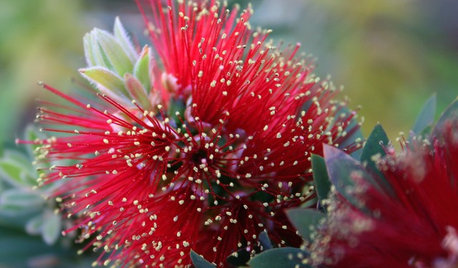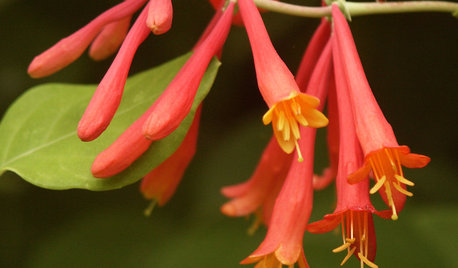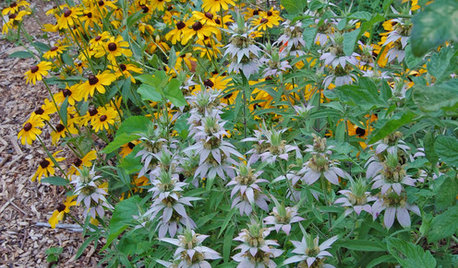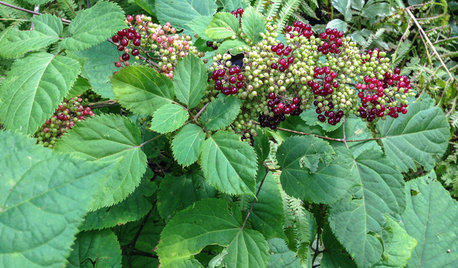BST's and Red Wasps
Tony G
12 years ago
Related Stories

GARDENING GUIDESBackyard Birds: Northern Cardinals in the Snow, and Other Red Birds
Brilliant crimson feathers make these friends stand out in a crowd
Full Story
GARDENING GUIDESGreat Design Plant: Velvety Dwarf Bottlebrush Beckons a Touch
Brilliant red blooms and inviting textures will capture your heart, but the low maintenance and small size will win over your practical side
Full Story
GARDENING GUIDESGreat Design Plant: Lonicera Sempervirens
Grow this long-blooming, flashy flowering vine to cover a fence or arbor and attract hordes of hummingbirds all season long
Full Story
GARDENING GUIDES6 Plants That Beat Butterfly Bush for the Wildlife Draw
It's invasive, a nonnative and a poor insect magnet. Check out these better alternatives to butterfly bush in the garden
Full Story
GARDENING FOR BUTTERFLIESGarden for Wildlife to Reap Rich Rewards
When you plant with animals and insects in mind, you make gardening easier, the planet healthier and yourself more present
Full Story
GARDENING GUIDESGreat Design Plant: Spotted Beebalm (Monarda punctata)
Looking for unusual, long-lasting blooms, low maintenance and deer resistance? Try this self-sowing perennial
Full Story
FURNITURESecond-Life Sofas Show First-Rate Style
With unexpected upholstery, antique sofas can live happily in modern interiors
Full Story
DECORATING GUIDESColor Feast: Yes, You Can Use Blue in the Dining Room
The sky's the limit for beautiful blues in your home's dining spaces; here's how to make it work
Full Story
GARDENING GUIDESInvite Cellophane Bees to Your Garden by Providing Patches of Bare Soil
Look for cellophane bees (Colletes) pollinating flowering trees and shrubs in U.S. gardens this spring
Full Story
Great Design Plant: Aralia Racemosa Is a Stately Specimen for the Shade
Plant American spikenard in eastern and southwestern U.S. gardens for midsummer color and nourishment for migrating birds
Full StoryMore Discussions







tomatoworm59
bananasinohio
Related Professionals
Taylorsville Landscape Architects & Landscape Designers · West Chester Landscape Architects & Landscape Designers · Newcastle Landscape Architects & Landscape Designers · Coeur d'Alene Landscape Contractors · Elmhurst Landscape Contractors · National City Landscape Contractors · South Lyon Landscape Contractors · Folsom Fence Contractors · Palm Harbor Fence Contractors · Spanaway Fence Contractors · West Jordan Fence Contractors · Whittier Fence Contractors · Edwardsville Window Contractors · Kuna Window Contractors · West Springfield Window ContractorsTony GOriginal Author
caterwallin
bananasinohio
Tony GOriginal Author
tomatoworm59
hurricanekerrie
docmom_gw
Tony GOriginal Author
ladobe
Tony GOriginal Author
hurricanekerrie